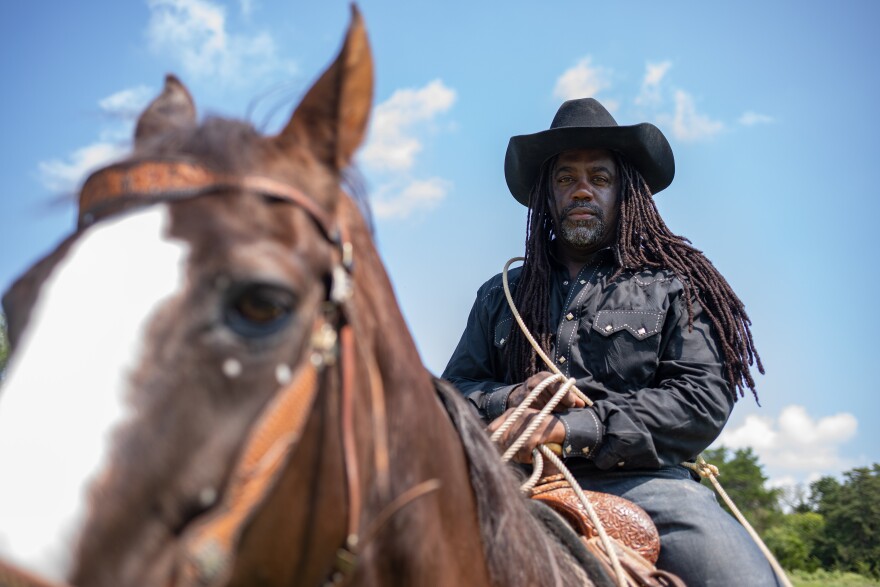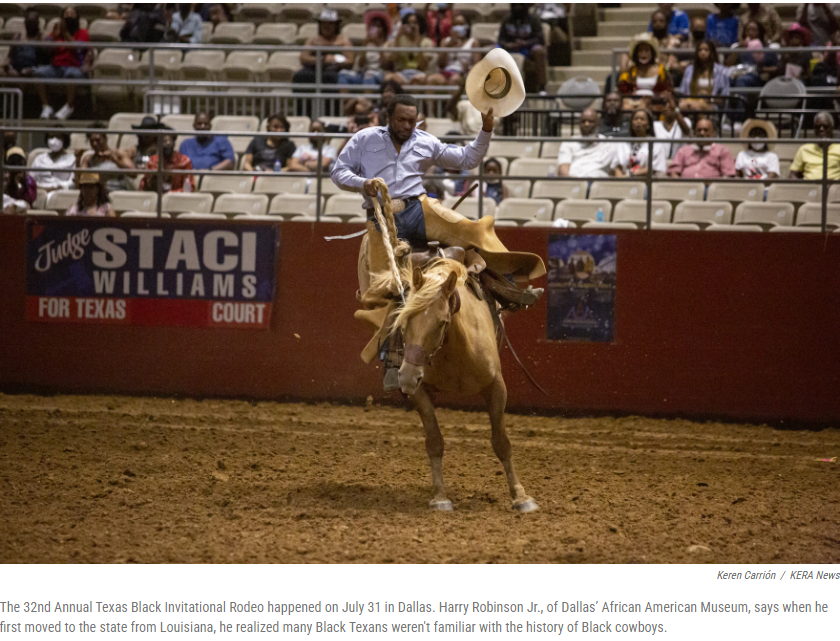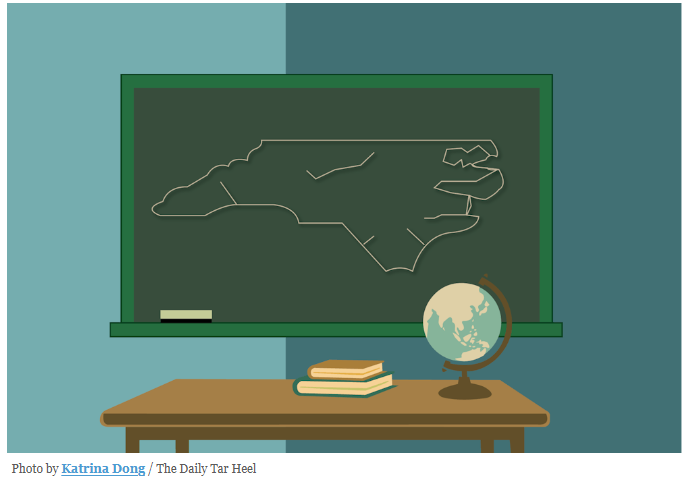There is a rich history, culture and legacy of Black cowboys in Texas and the nation that’s been underrepresented in history and popular culture.
Ke‘Elronn Hatley is the very picture of a cowboy: black hat, dark jeans and a big shiny belt buckle.
“When I would turn on the TV as a kid growing up, I only saw white cowboys in westerns,” Hatley said.
Those who think the striking image of this Black man doesn’t match with their idea of a cowboy have it all wrong.
“We have been misled and have never been told the truth,” the award-winning North Texas calf roper said.
Black cowboys have been a part of Texas history since the 18th century, when they first worked on ranches throughout the state.

Black Cowboys: A History Lesson
Harry Robinson Jr., founder and president of Dallas’ African American Museum, is passionate about the history of Black cowboys.
“Most people don’t realize that Black cowboys made up about one-fourth of the cowboy population,” Robinson said.
African Americans were actually the first to proudly use the label “cowboys,” and this line of work could be a Black man’s ticket to freedom, according to Robinson.
“After the Civil War, a lot of the cowboys started out on their own, because they left their slave owners,” he said. “Some of them branched out on their own and bought ranches.”
One of the most famous Black cowboys was Nat Love. He’s known for his autobiographyLife and Adventures of Nat Love, Better Known in the Cattle Country as ‘Deadwood Dick‘. The piece was especially significant because Black men weren’t often able to tell their story in their own words.
Love was born into slavery in 1854 and sought opportunities as a teen working for large cattle operations in Texas and Arizona.

In his autobiography, Love discusses the cowboy lifestyle and the art of breaking horses or training them. Black cowboys also took up careers as rodeo performers, like William “Bill” Pickett.
Pickett was born in 1871 and was from Taylor, Texas. He is known for inventing the sport of “Bulldogging,” which became known as steer wrestling and continues to be one of the most popular Rodeo competitions today.
Pickett would mount a horse, chase the steer and drop from the horse to the steer’s head. Then he’d wrestle the steer to the ground by grabbing and twisting its horns to pull it off-balance.
“He would grab the cattle and bite them on the lips and that was a way to control them,” Robinson said.
The pain would cause the steer to freeze in place.

Pickett, nicknamed “The Dusky Demon” and “The Bull-Dogger,” became one of the most outstanding Wild West rodeo performers in the country. He was inducted into theNational Cowboy Hall of Fame in 1972.
For the last 32 years, Black cowboy culture has been celebrated in the state at the Texas Black Invitational Rodeo. The event attracts people from all over the region, and has cultivated a place of acceptance for Black cowboys who have historically been discriminated against within the rodeo industry.
The Tradition Continues
Ke’Elronn Hatley participates in the Texas Black Rodeo’s calf roping competition every year, riding his chestnut colored horse Showtyme. Hatley calls Showtyme the Michael Jordan of his era in calf roping.
“It [involves] a lot of hand-eye coordination,” he said as he practiced the roping technique. “I have my rope here and the calf is watching me and swoosh and right around the neck.”
Hatley said being a cowboy is in his DNA and he wears it as a badge of honor with pride.
“This is all I’ve ever known. I’ve been around this forever,” he said.
Hatley’s family owns a 300-acre ranch about 20 minutes south of Dallas in Lancaster. His father, James Hatley, started riding horses in East Texas and moved to Dallas in the ’50s. Hatley and his 10 siblings grew up racing horses in south Oak Cliff.
“We were the first Black family to race Texas quarter horses,” he said. “It just branched out from there, you know — like wildfire.”
Hatley grew up hearing stories of racism in the rodeo industry. He also saw his father and other members of his family members face discrimination.
“People would tell him he couldn’t come back,” Hatley said. “But my dad was like, ‘if the track is open, I’m coming back.’ He didn’t play. He didn’t back down.”
Hatley said it was inspiring to watch his father stand up in the midst of all the hatred and racism.

Hatley’s 11-year-old son Ke‘El said he can’t imagine his family without rodeo.
“You know how if you have a pie and then you take a piece away how it’s not the same,” Ke’El said. “It’s kind of the same thing. If you take this away, I am not the same.”
That sentiment is exactly why Ke’Elronn is so determined to pass on the legacy of being a Black cowboy. Whether he is roping at the rodeo or grooming horses back at the ranch, he says he’ll never let his children forget the path that has been paved for them.
–keranews.org



